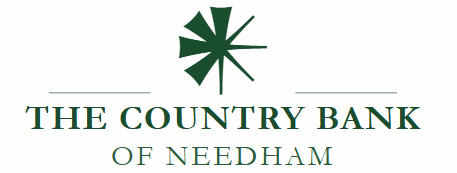The statement “No SSL Restriction: Allows SSO login without SSL or HTTPS-enabled site using Google credentials or any other app” describes a scenario where Single Sign-On (SSO) authentication, such as with Google credentials or another application, is permitted even when the website or service is not secured with SSL/TLS (HTTPS).
Explanation:
SSL/TLS and HTTPS: SSL (Secure Sockets Layer) and its successor TLS (Transport Layer Security) are cryptographic protocols designed to provide secure communication over a computer network. When a website uses SSL/TLS, its URL begins with “https://” instead of “http://”, indicating that the connection is encrypted and authenticated, protecting data in transit.
Single Sign-On (SSO):
SSO is an authentication scheme that allows a user to log in with a single ID and password to gain access to multiple related, yet independent, software systems.
“No SSL Restriction”:
This implies that the system allowing SSO login does not enforce the requirement for the site or application to be secured with HTTPS. In such a configuration, user credentials and other sensitive information exchanged during the SSO process could potentially be transmitted over an unencrypted connection (HTTP). Implications:
While technically possible to configure SSO without SSL, it is highly discouraged due to significant security risks. Transmitting sensitive data like login credentials over an unencrypted connection makes it vulnerable to:
Eavesdropping: Malicious actors can intercept and read the data.
Man-in-the-middle attacks: Attackers can modify data in transit or impersonate either the user or the service. Therefore, for any system handling sensitive user information, including SSO authentication, using SSL/TLS (HTTPS) is a fundamental security best practice.
In the WP Activity Log plugin, “the object on which the change has taken place” refers to the specific item or entity in WordPress that was modified, added, or deleted. The plugin logs changes to nearly everything on your site, from posts and pages to users and plugin settings.
Here is a breakdown of what the “object” can be:
- Posts, pages, and custom post types: The title, content, URL, status (e.g., published or unpublished), and metadata of these items are all objects that can be logged.
- Users and user profiles: This includes a user’s registration, deletion, password changes, email address, role, and other profile information.
- Tags and categories: The creation, modification, and deletion of tags and categories, as well as when they are applied or removed from a post.
- Widgets and menus: Any creation, modification, or deletion of widgets or menu items.
- Plugins and themes: The installation, activation, deactivation, uninstallation, and updating of plugins and themes.
- WordPress core and settings: Changes to core WordPress settings, such as permalinks, the site URL, and the default user role.
- Multisite network items: On a WordPress multisite installation, the log can track changes to sites, users, and network settings.
- Database: Any changes to database tables, such as those made by a plugin.
- Third-party plugins: The plugin also integrates with popular third-party plugins like WooCommerce, Yoast SEO, and others to track changes within them.
By tracking these specific objects, the WP Activity Log provides a detailed audit trail that helps site administrators with troubleshooting, security monitoring, and compliance
Centralized log management and Security Information and Event Management (SIEM) systems
Legal | Privacy Policy | Terms of Use | Cookie Policy | Dispute Policy | DMCA Policy | Do Not Sell My Personal Information | Report Abuse
© Copyright 2025 Thecountrybankofneedham.com. All rights reserved.
All registered trademarks herein are the property of their respective owners.
